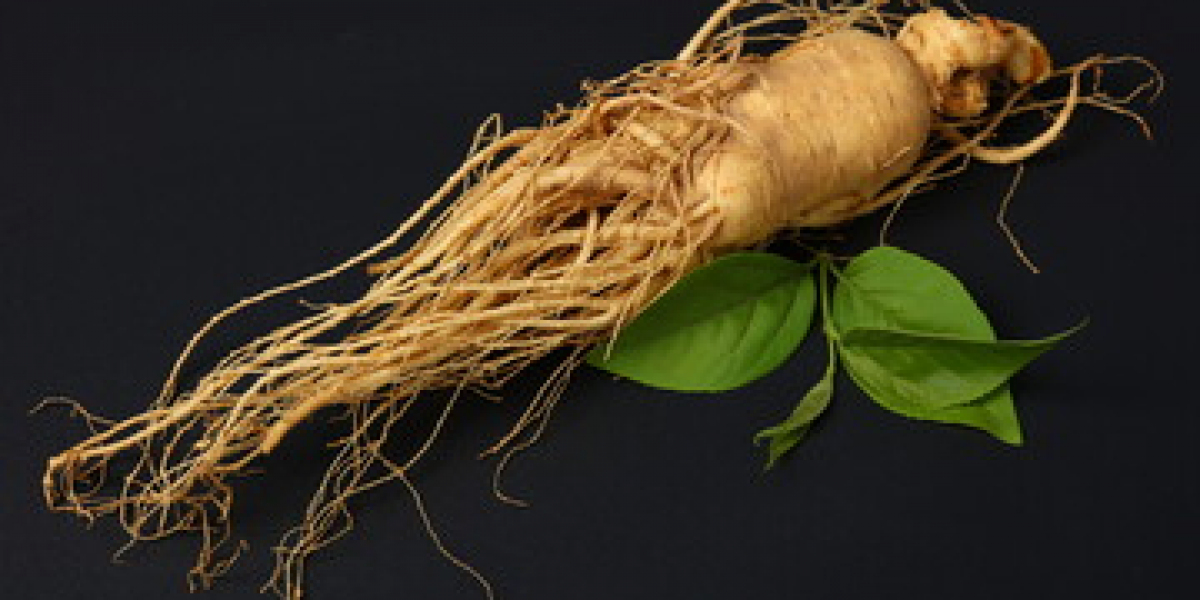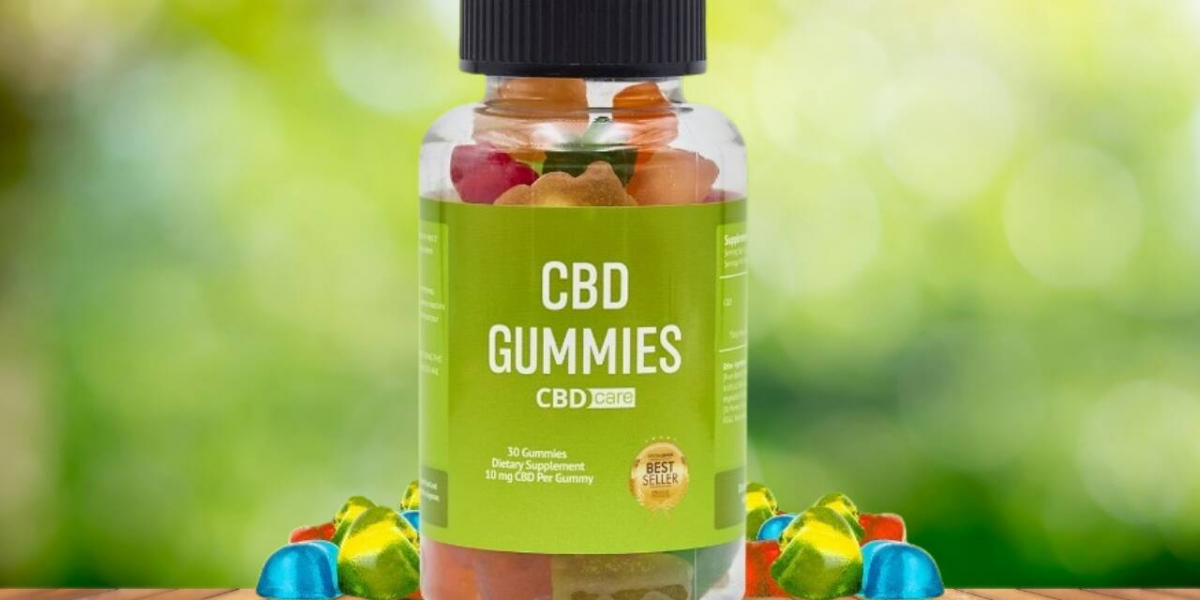Ginseng root has been a popular herbal remedy for centuries, often touted for its health benefits and medicinal uses. Whether you’re looking to boost energy or explore alternative wellness options, ginseng is a go-to for many. But before you rush to stock up, one thing that might make you pause is the cost. If you’ve ever browsed for ginseng root, you’ve probably noticed a wide range of prices. So, what exactly determines how much you'll pay? Let’s break down the price of ginseng root.
Types of Ginseng and Their Impact on Price
First things first, not all ginseng is the same. There are two main types: American and Asian (or Korean) ginseng. The region where it's grown affects not only its potency but also the price tag. Generally speaking, Asian ginseng tends to be more expensive. This is primarily because it's often considered to have stronger effects.
American ginseng, on the other hand, is milder and often more affordable. That said, wild American ginseng can be quite pricey, especially if it’s older. Age is a big factor when it comes to cost, but more on that later.
Age of the Ginseng Root
Another thing that plays a major role in the cost of ginseng root is its age. Older roots are more valuable. Why? Because the older the ginseng, the more potent its active compounds are believed to be. Roots that have been growing for six years or more can fetch a high price. In fact, some wild ginseng roots that are decades old have been sold for thousands of dollars! But if you’re just looking for something more basic, you can find younger, cultivated ginseng for much less.
Processing and Preparation Methods
How the ginseng is processed also affects the price. Fresh ginseng tends to be more expensive because it has a shorter shelf life. Most of the ginseng on the market is either dried or turned into powder or supplements, and these forms are usually more affordable.
Red ginseng, which is steamed and then dried, often comes at a premium. The steaming process is believed to enhance its medicinal properties, making it more desirable to some buyers. White ginseng, on the other hand, is just sun-dried without steaming and usually costs less.
Market Demand and Availability
Just like anything else, the basic principles of supply and demand apply here. When the demand for ginseng is high, prices naturally go up. Factors like global trends in wellness, availability of wild ginseng, and even environmental issues can impact the cost of ginseng root. Some years, ginseng prices may spike due to a bad harvest or increased international demand, especially from countries like China and South Korea, where it’s highly valued.
Is Expensive Ginseng Worth It?
If you’re new to ginseng, you might be wondering if it’s worth spending on ginseng roots. Honestly, it depends on what you’re looking for. If you’re just dabbling in ginseng to see what all the hype is about, there’s no need to go for the most expensive option right away. You can start with a more affordable, cultivated variety and see how it works for you. But if you’re a seasoned ginseng user, you might notice a difference in quality between the cheap stuff and the high-end roots.
Final Thoughts
The cost of ginseng root varies depending on several factors, including its type, age, and how it's processed. Whether you're buying it wild or cultivated, in raw form, or as a supplement, the price can fluctuate widely. But by understanding what drives these costs, you'll be better equipped to make an informed purchase. Just remember, you don't always have to shell out top dollar to reap the benefits!









